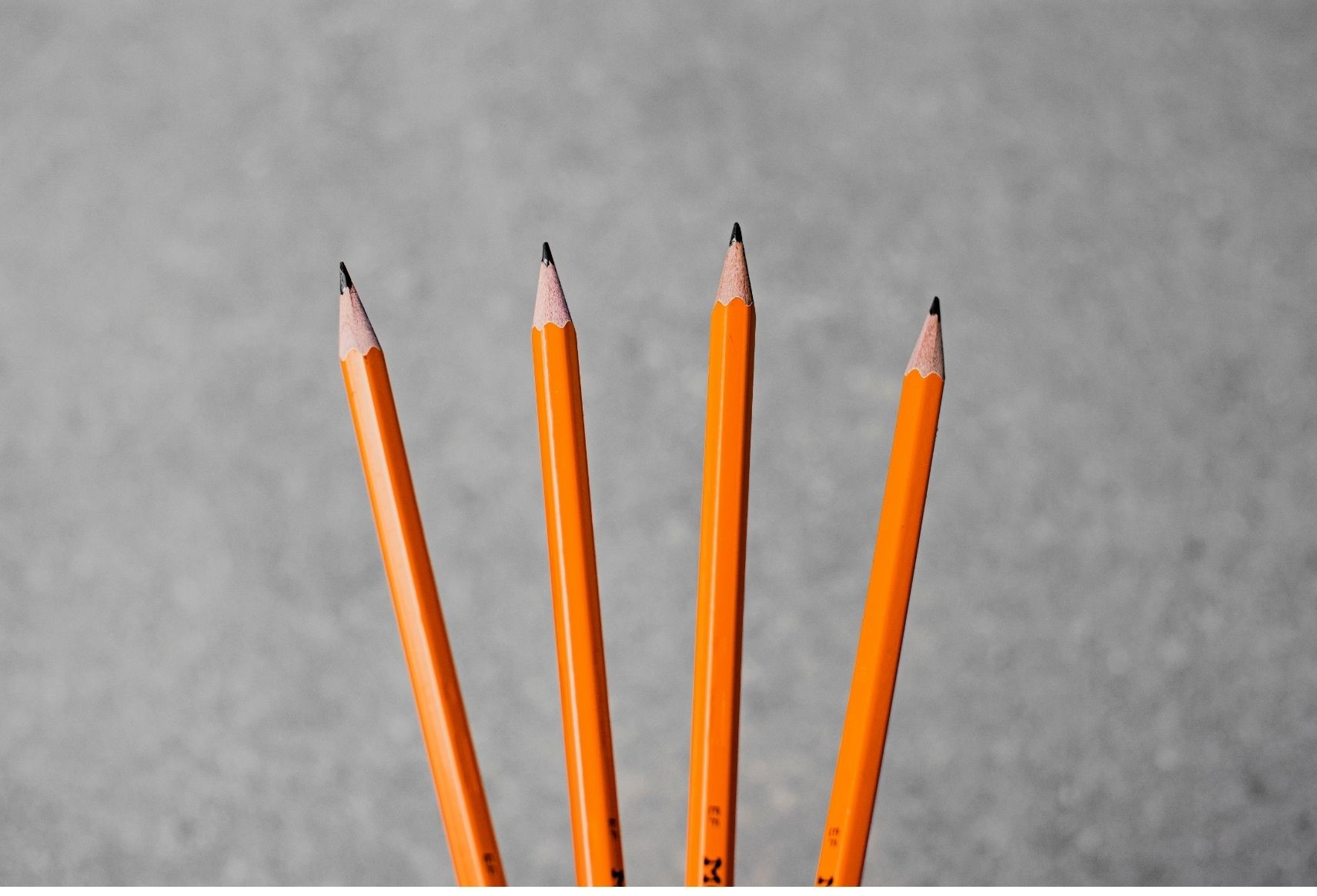Assessing Collaboration

Because assessments will vary from course to course and from discipline to discipline, the following recommendations can be useful when developing assessments for collaborative work. Instructors and students can work together to develop the criteria for the assessment of performance. Assessing collaboration can be divided into two components: the quality of the final product and the process of students’ working together. The three kinds of assessment described in this section (student self-assessment, student-peer evaluation, and group evaluation) highlight assessing the process of working together. For guidance to assess the quality of the final product, instructors can consult the following assessment resource.
Additionally, instructors can determine whether the assessment will be formative or summative, as well as whether students will receive an individual grade, a group grade, or a combination of both. Each case will have its pros and cons, with individual grades highlighting individual performance over group work and vice versa for group grades. A combined group and individual grade can reflect the effort of the individual and the group and be adjusted for high or low stakes assignments, such as in the case of Two-Stage Exams, which mix independent and collaborative assessments.
Student Self-Assessment of Collaborative Work
Self-assessments encourage students to reflect on what they have learned. Self-assessments are not only a way of engaging students in their own learning, they also may prepare students for lifelong learning (Logan, 2015). Distinguished Teaching Faculty Fellow, Professor Chris Phillips offers an overview of self-evaluation and the questions he encourages students to answer.
Student-Peer Evaluation
Peer evaluation can be valuable for students because it can allow them to practice giving and receiving feedback. In many instances, instructors will have to first guide students into how to do this effectively. In general, like any other assessment, student-peer assessment should consider why students should assess their peers, any guidelines (guiding questions, rubrics, checklists, etc.) as to what they should assess, and whether these will be graded or not.
Whether opting for self- or peer-evaluation, Sprague, Wilson, and McKenzie (2019) recommend using confidential evaluations and training students on the assessment practices they will be asked to complete. It is also recommended to combine ratings and open-ended questions so students can explain their reasoning for specific scores.
Group Evaluation
Group evaluations can be used to provide students with the opportunity to reflect on their performance as a group, thus further highlighting the benefits of collaborative work. Barkley, Major, and Cross (2014) suggest using the following questions in group assessments:
- Overall, how effectively did your group work together on this assignment?
- Give one specific example of something you learned from the group that you probably wouldn’t have learned working alone.
- Suggest one change the group could make to improve its performance in the future.
References
Barkley, E., Major, C., Cross, P. 2014. Collaborative learning techniques: A handbook for college faculty. Jossey-Bass.
Logan, B. 2015. Reviewing the value of self-assessments: do they matter in the classroom? Research in Higher Education Journal, 89, 1-11.
Sprague, M., Wilson, K. F., McKenzie, K. S. 2019. Evaluating the quality of peer and self-evaluations as measures of student contributions to group projects. Higher Education Research & Development, 38 (5), 1061-1074. https://doi.org/10.1080/07294360.2019.1615417